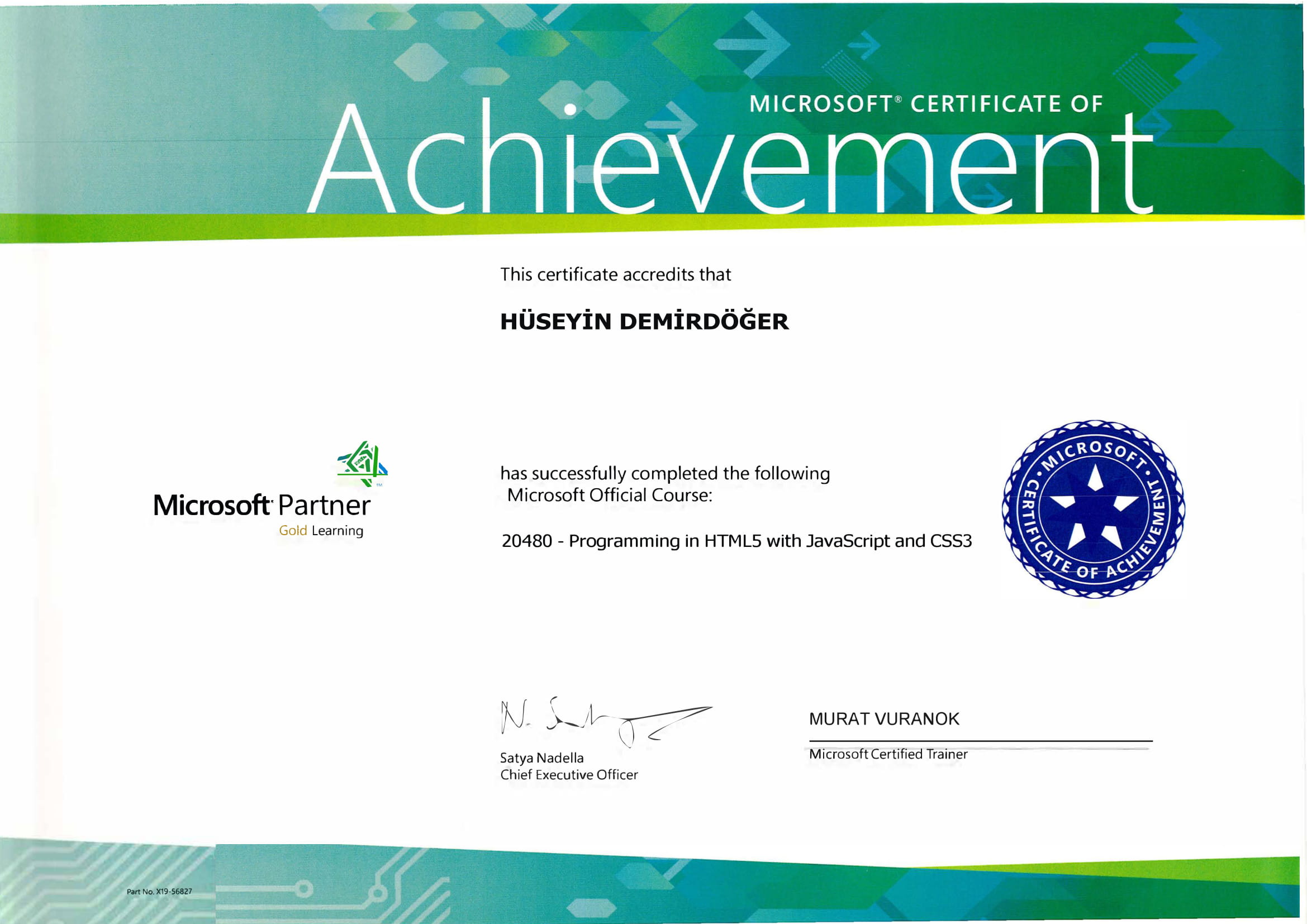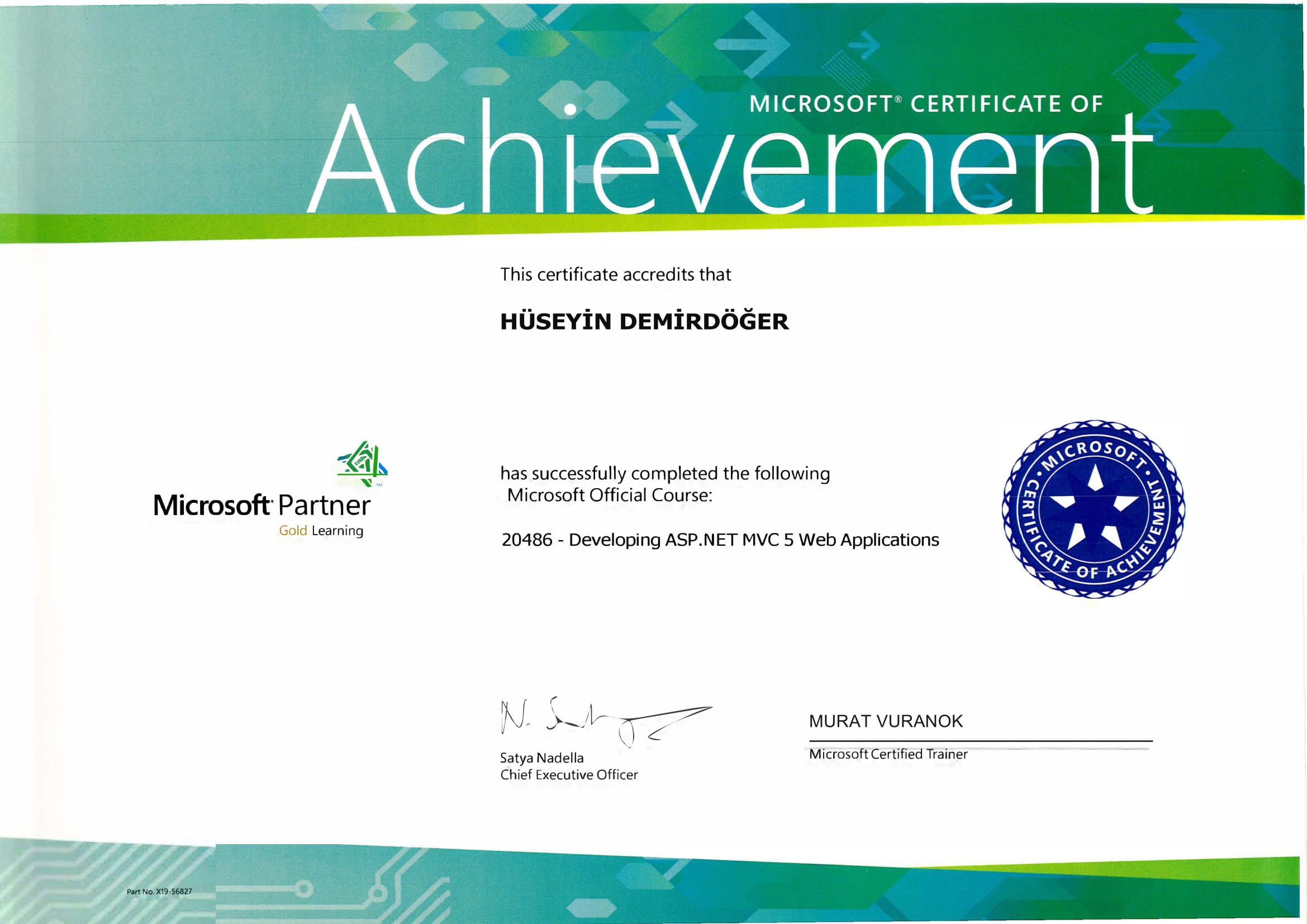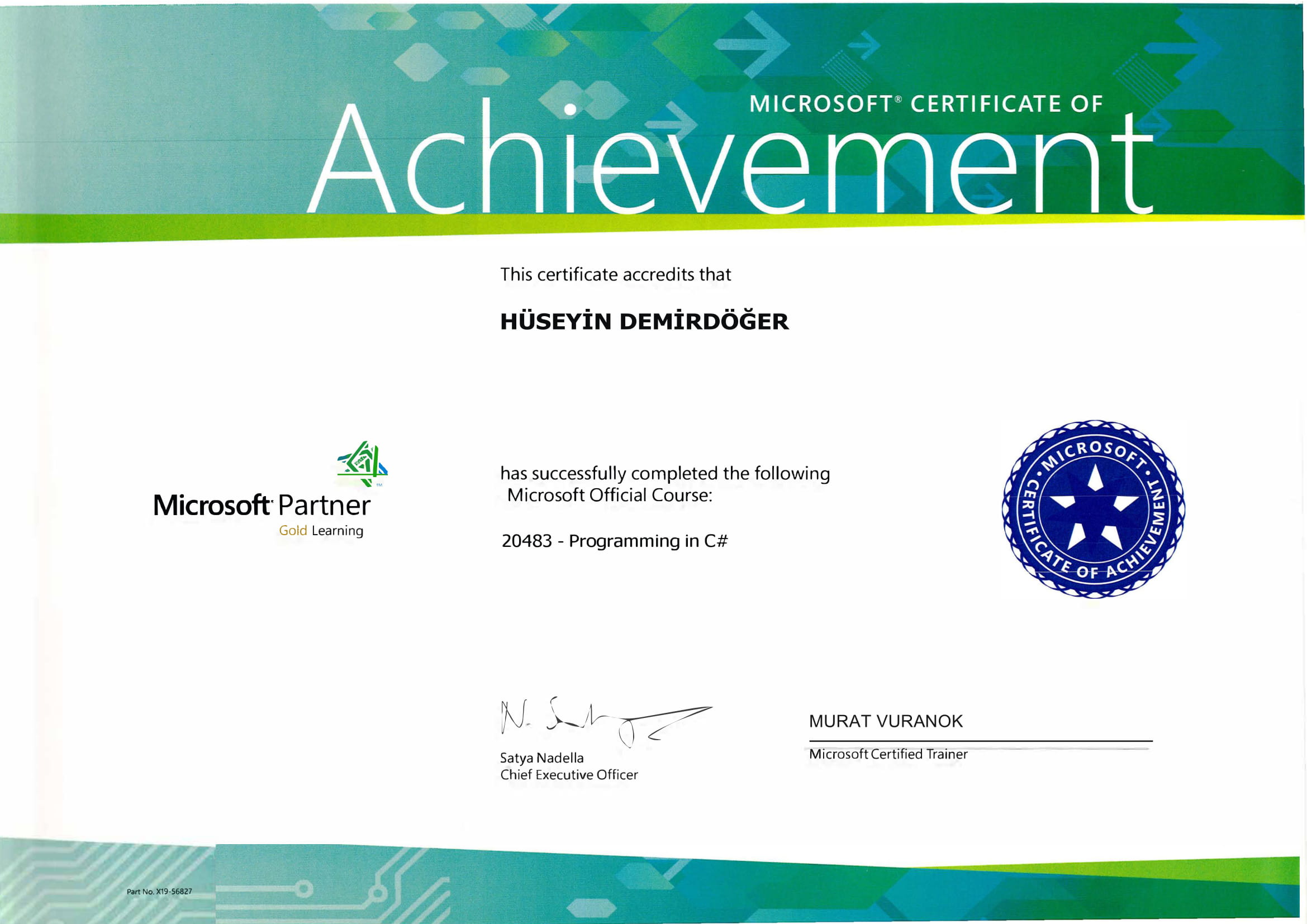Experiencing installation issues on Windows can be a major headache, especially when you're greeted with an obscure error code like 0x8007025D. This particular error typically pops up during the Windows installation process, often due to corrupted files or faulty USB drives. But before you start considering costly tech support or spending hours sifting through technical forums, let's dive into a straightforward guide to tackle this problem head-on.
Understanding Windows Error Code 0x8007025D
Error code 0x8007025D usually appears when the computer encounters corrupted files from the installation media, or there are issues with USB drives or hard drives. It's often linked to problematic data being read incorrectly by the system.
Common Causes:
- Corrupted installation files: Damaged or incomplete installation files can trigger this error.
- Faulty USB drive: Issues with the USB drive you’re using to install Windows can lead to errors.
- Defective hardware: Sometimes, malfunctioning RAM or hard drives can be the culprit.
I've seen similar issues while trying to upgrade my own system. It's frustrating, but don't worry—solutions are at hand.
Step-by-Step Solution Guide
Step 1: Check Your Installation Media
- Verify the ISO File: Ensure that your Windows ISO file is not corrupted. You might want to download a fresh copy from a trusted source.
- Inspect the USB Drive: Use a high-quality USB drive. Run diagnostics to make sure it's in good condition.
Step 2: Adjust BIOS Settings
Some users find success by tweaking BIOS settings:
- Disable external peripheral devices: Disconnect all unnecessary USB devices during installation.
- Modify USB Settings: Ensure that USB compatibility mode is enabled in BIOS. This can sometimes resolve reading issues.
Check out this guide on BIOS errors if you're unfamiliar with making these changes.
Step 3: Test Your Hardware
- RAM Check: Faulty RAM can contribute to installation failures. Use Windows Memory Diagnostic to test your RAM for errors.
- Hard Drive Inspection: Use tools like CHKDSK to assess your hard drive's health. A failing drive may need a replacement to resolve the issue.
For more on fixing hardware-related installation issues, refer to this thorough guide on installation failures.
Step 4: Re-download and Re-create Installation Media
When all else fails, start fresh:
- Re-download ISO: A fresh download can eliminate corruption.
- Recreate Installation USB: Use reliable tools like Rufus to create a new bootable installation disk.
Additional Resources
It's always good to equip yourself with knowledge on a range of error codes you might encounter. The error 0x8007045D guide provides similar solutions for USB device errors, which might also be helpful.
Additionally, this resource on 0x80072f8f is useful for understanding SSL certificate issues that might crop up when activating Windows.
Conclusion
Tackling the Windows error code 0x8007025D can seem daunting, but with the right steps, you can solve the issue without too much hassle. By focusing on verifying your installation media, checking your hardware, and fine-tuning system settings, you’ll greatly increase your chances of a successful installation.
Remember, the digital world is vast, and for every error, there's a community or a guide ready to help. Have you ever faced a similar issue? What steps worked for you? Feel free to share your experiences and insights!


















